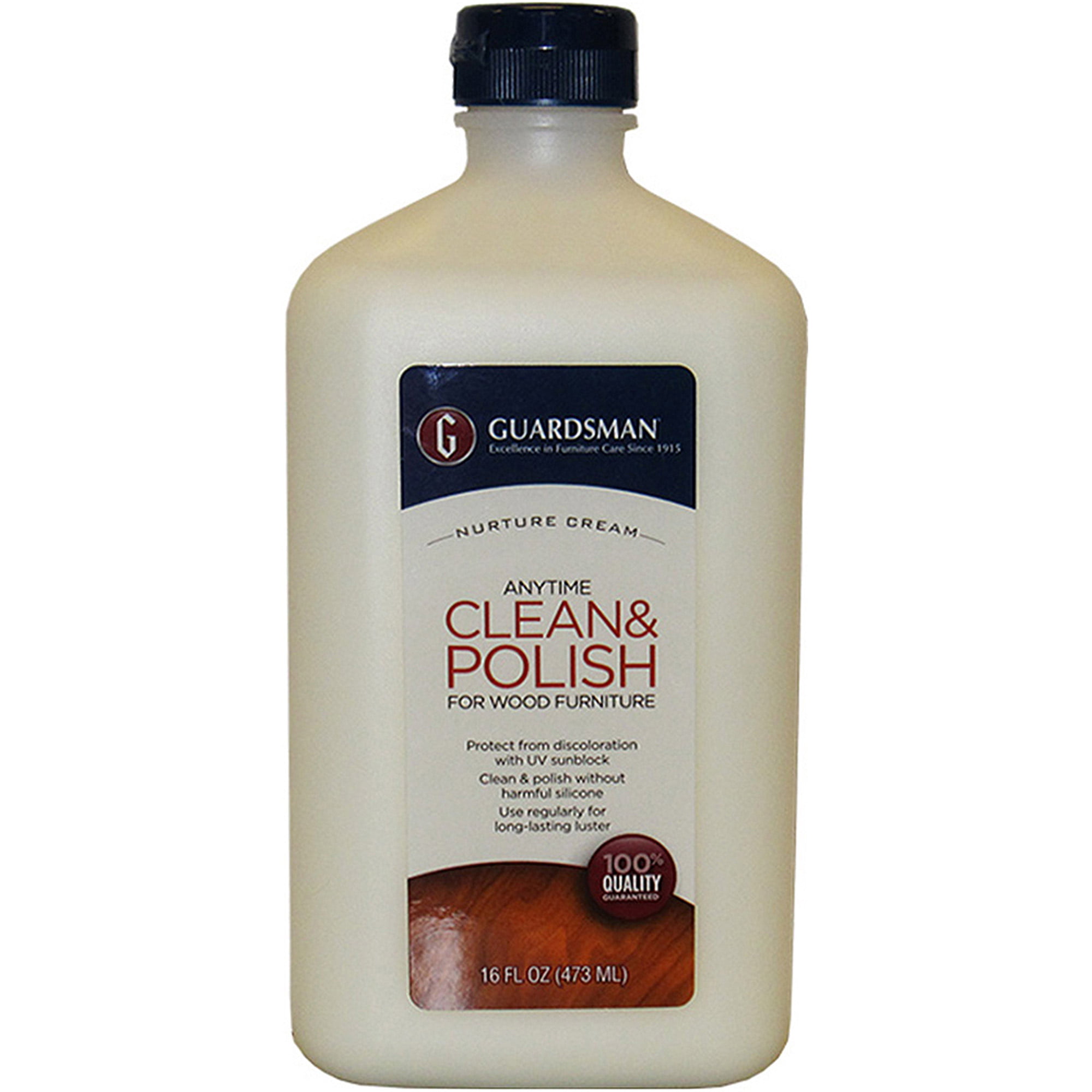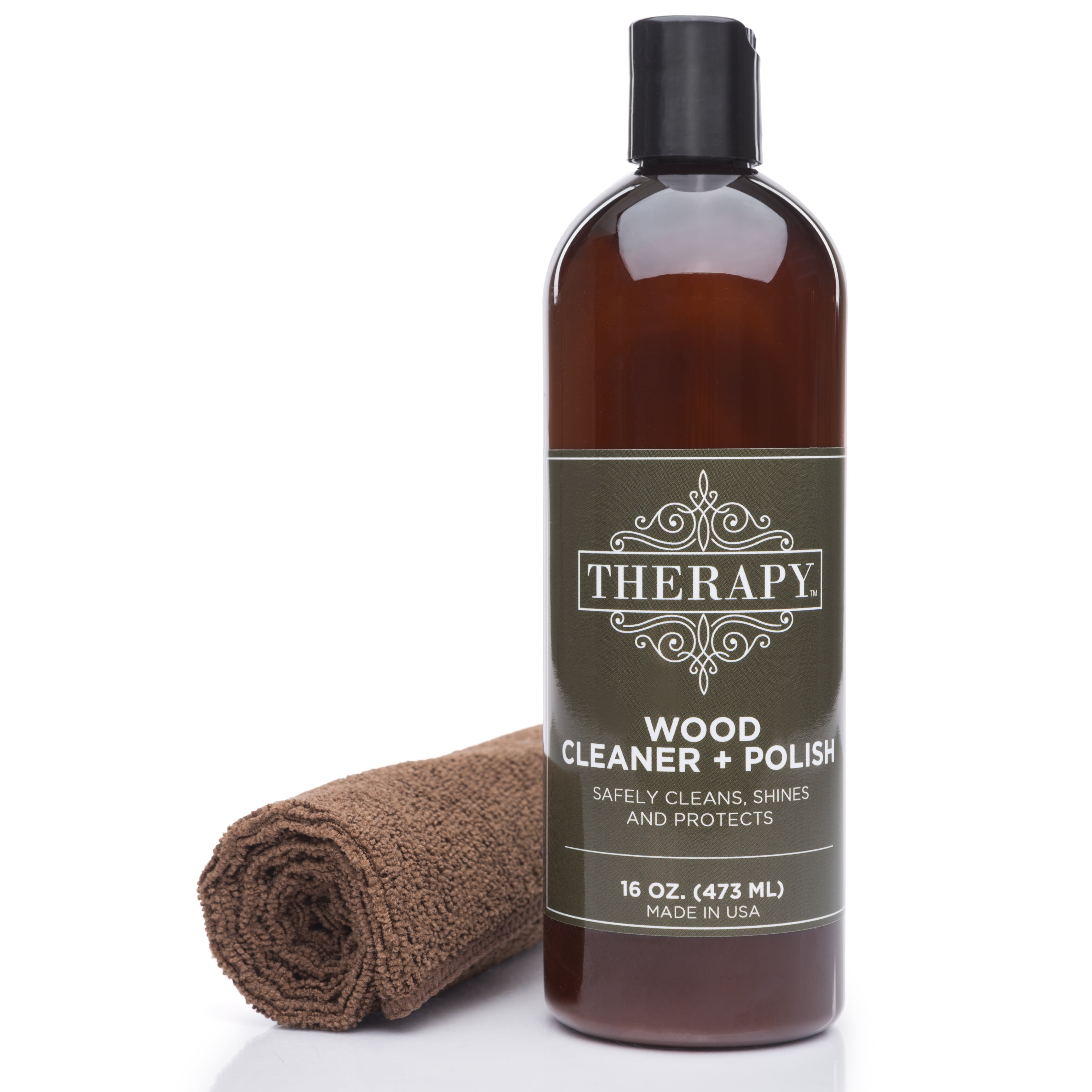Cleaning and Polishing Techniques: Wood Cabinet Cleaner And Polish

Proper cleaning and polishing techniques are crucial for maintaining the beauty and longevity of your wood cabinets. Following a consistent and appropriate method will prevent damage and preserve the rich finish of the wood. This section details the necessary steps for achieving a professional-looking result.
Wood cabinet cleaner and polish – The following steps provide a comprehensive guide to cleaning and polishing your wood cabinets. Prioritize gentle techniques to avoid scratching or damaging the delicate wood surface. Always test any cleaning solution on an inconspicuous area first to ensure it doesn’t damage the finish.
Step-by-Step Cleaning and Polishing
This section Artikels the sequential steps involved in effectively cleaning and polishing wood cabinets. Adherence to this procedure will ensure optimal results and minimize the risk of damage.
- Preparation: Begin by removing all items from the cabinets. Dust the surfaces thoroughly using a soft-bristled brush or a microfiber cloth to remove loose debris. Pay close attention to crevices and hard-to-reach areas.
- Cleaning: Mix a mild solution of warm water and a gentle dish soap. Apply the solution sparingly to a soft cloth, avoiding excessive moisture. Wipe the cabinet surfaces gently in the direction of the wood grain. Immediately wipe away any excess solution with a clean, dry cloth.
- Stain Removal (if necessary): Address any specific stains before polishing. (See the following section for stain removal techniques).
- Drying: Allow the cabinets to air dry completely. Avoid using harsh heat sources, such as hair dryers, which could damage the wood finish.
- Polishing: Apply a small amount of wood polish to a clean, soft cloth. Rub the polish gently onto the wood surface, following the grain. Buff the surface with a clean, dry cloth until a smooth, even shine is achieved.
Stain Removal Techniques
Different stains require different approaches for effective removal. Improper techniques can cause further damage, so carefully consider the type of stain before attempting removal.
- Water Rings: Water rings appear as dull, circular marks. Often, gentle rubbing with a soft cloth and a small amount of furniture polish is sufficient. For stubborn rings, try applying a paste of baking soda and water, gently rubbing, and then polishing.
- Grease: Grease stains are typically oily and leave a noticeable sheen. Use a soft cloth dampened with a mild dish soap solution to gently lift the grease. Follow with a clean, dry cloth and polish as needed.
- Scuff Marks: Scuff marks can range from minor surface scratches to deeper gouges. For minor scuffs, try using a very fine-grit sandpaper (e.g., 600-grit) followed by polishing. Deeper scratches may require professional repair.
Maintaining Shine and Longevity
Regular maintenance is key to preserving the shine and longevity of the polish on your wood cabinets. Preventive measures and consistent cleaning are essential.
- Cleaning Frequency: Dust your cabinets regularly, at least once a week, using a soft cloth or brush. Perform a more thorough cleaning with a damp cloth and mild soap every few months.
- Preventing Damage: Use coasters under glasses and other items to prevent water rings. Avoid placing hot items directly on the cabinets. Protect the cabinets from direct sunlight and excessive heat or humidity.
- Polish Application: Reapply wood polish every few months, or as needed, to maintain the shine and protect the wood from drying out. Always follow the manufacturer’s instructions for the specific polish being used.
DIY Wood Cabinet Cleaner and Polish Recipes

Creating your own wood cabinet cleaner and polish offers a cost-effective and environmentally conscious alternative to commercially available products. The following recipes utilize readily accessible household ingredients, providing effective cleaning and polishing solutions for your wood cabinets. Remember to always test any new cleaning solution on an inconspicuous area first to check for adverse reactions.
DIY Wood Cabinet Cleaner and Polish Recipes
| Recipe 1: Olive Oil and Lemon Juice Polish | Recipe 2: Vinegar and Water Cleaner | Recipe 3: Mineral Oil and Beeswax Polish |
|---|---|---|
|
Ingredients:
Instructions: Combine olive oil and lemon juice in a small bowl. Apply a small amount to a soft cloth and gently rub onto the wood grain. Buff with a clean, dry cloth until shiny. |
Ingredients:
Instructions: Mix vinegar and water in a spray bottle. Spray onto cabinets and wipe clean with a soft, damp cloth. Follow with a dry cloth to prevent water spots. |
Ingredients:
Instructions: Gently heat the beeswax until melted. Combine with mineral oil and stir until well mixed. Apply a small amount to a soft cloth and rub onto the wood. Buff with a clean, dry cloth for a polished finish. Allow to dry completely before use. |
Safety Precautions for Homemade Wood Cleaners
Homemade cleaners, while generally safe, require careful handling. Always wear gloves to protect your skin from irritation, particularly when using ingredients like vinegar or lemon juice. Ensure adequate ventilation when working with any potentially strong-smelling substances. Never mix cleaning products, as this can create hazardous chemical reactions. Thoroughly rinse any cloths used with the cleaner before laundering. Store all homemade cleaners out of reach of children and pets. Always test a small, inconspicuous area before applying any cleaner to the entire surface.
Comparison of Homemade and Commercial Cleaners, Wood cabinet cleaner and polish
The choice between homemade and commercial wood cabinet cleaners involves weighing several factors. A comparison reveals distinct advantages and disadvantages to both approaches.
The following points highlight key differences:
- Cost: Homemade cleaners are significantly cheaper than most commercial products, utilizing readily available and inexpensive ingredients.
- Ingredients: Homemade cleaners generally use natural ingredients, minimizing exposure to potentially harsh chemicals found in many commercial products. However, this can also mean less powerful cleaning ability in some cases.
- Effectiveness: Commercial cleaners often offer superior cleaning power, particularly for heavily soiled cabinets. Homemade cleaners may require more effort and multiple applications for optimal results.
- Environmental Impact: Homemade cleaners are generally more environmentally friendly due to the use of natural ingredients and reduced packaging waste.
